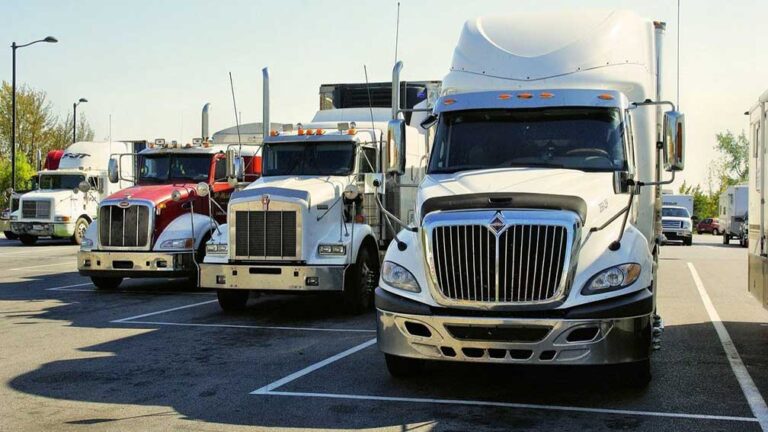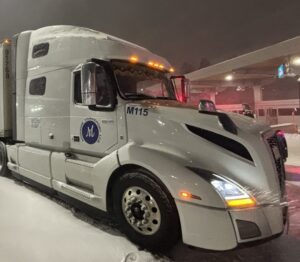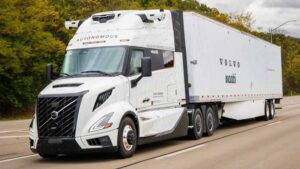Life on the road means constant stops — fueling up, grabbing food, hitting ATMs or checking into motels.
But every stop is a chance for thieves to swipe your card info, either the old-fashioned way or using sneaky tech like RFID skimmers. Even if your cards have chips and contactless features, they’re not foolproof.
If you’re a driver who lives by the mile, these simple steps can help you keep your credit cards protected wherever the road takes you.
How credit card theft happens while traveling
Before diving into how to protect yourself, it helps to understand the most common ways credit cards are compromised during travel.
• RFID skimming: Some credit and debit cards are equipped with RFID chips that enable contactless payments. Thieves carrying handheld RFID readers can capture your card’s data simply by being near you. No physical contact is required — and you often won’t even notice it happening.
• Card skimming at ATMs and terminals: In some regions, criminals install fake card readers over legitimate machines at truck stops, gas stations or retail locations. These skimmers copy your card’s information when you insert it. In many cases, a hidden camera is also installed nearby to record your PIN as you type it.
• Pickpocketing and physical theft: Truck stops are full of distractions, a factor thieves rely on. A quick bump in a line or a moment of inattention at the checkout counter is all it takes for someone to slip your wallet out of a bag or pocket.
• Public Wi-Fi snooping: Using unsecured truck stop or hotel Wi-Fi can expose your private data. Hackers connected to the same network can intercept sensitive information, including credit card numbers and login credentials — especially if you’re making purchases or accessing banking apps without protection.
• Lost or stolen cards: It’s not uncommon to misplace a card during travel. If someone finds it — or worse, steals it from your luggage or motel room — they could make unauthorized purchases before you realize it’s missing.
Ways to protect your credit cards
The good news is that protecting your credit cards while traveling doesn’t have to be complicated or expensive. With a few smart habits and the right tools, you can avoid most common threats and enjoy your trip with more peace of mind. Here are some easy ways to keep your cards safe while you’re on the move.
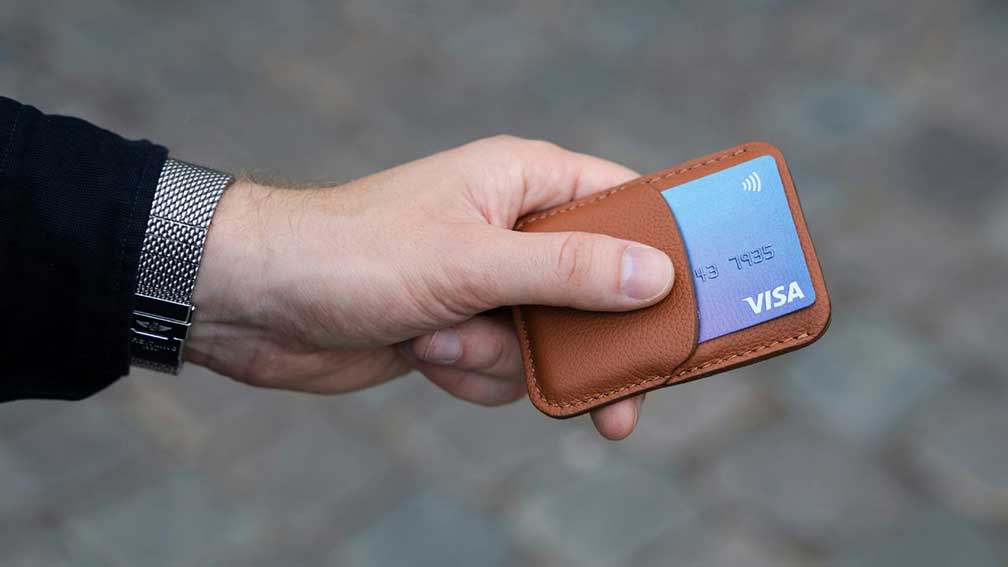
THIS IS HOW TO PROTECT YOUR CREDIT AND BANK CARDS FROM GETTING HACKED
1. Use RFID-blocking gear.
Some credit cards include RFID chips that make contactless payments easy and convenient. However, this same feature can be exploited if someone with the right equipment gets close enough to scan your card without your knowledge. Using RFID-blocking gear such as a wallet, card sleeve or passport holder is a simple and affordable way to prevent this type of theft. These items are widely available and effective at blocking unauthorized scans.
2. Carry only what you need.
Limiting the number of cards you bring reduces the risk if your wallet is lost or stolen. Ideally, take only one or two credit cards that you plan to use during your trip. Keep any backup cards in your hotel safe, and store a secure digital record of your card details in a password manager. This can be helpful if you need to cancel or replace a card while you’re abroad. Get more details about Kurt’s best expert-reviewed Password Managers of 2025 here.
3. Set up real-time spending alerts.
Most credit card companies offer instant notifications through their mobile apps. Turning on transaction alerts ensures you’ll be notified the moment your card is used, allowing you to spot suspicious activity quickly. If your card issuer offers the ability to lock your card directly from the app, enable that feature as well so you can act immediately if anything looks off.
4. Avoid public Wi-Fi for financial transactions.
Public Wi-Fi at truck stops, hotels and cafes is rarely secure. Avoid entering credit card information or logging into banking websites while on these networks unless you’re using a virtual private network (VPN). A reliable VPN encrypts your internet traffic and protects your data from prying eyes on shared networks. For best VPN software, see Kurt’s expert review of the best VPNs for browsing the web privately on your Windows, Mac android & iOS devices.
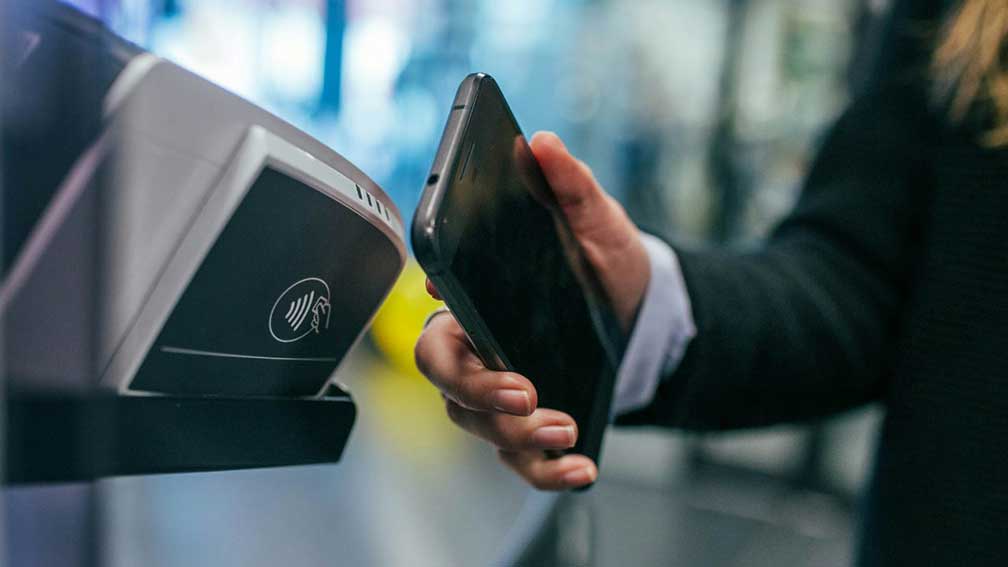
TOP 6 REASONS WHY YOU NEED A VPN WHEN YOU TRAVEL
5. Watch for card skimmers at ATMs and terminals.
Before using an ATM or card reader, take a moment to inspect it. Skimming devices are sometimes placed over the card slot or keypad. Gently wiggle the card reader or look for anything that seems loose, bulky or out of place. When possible, use ATMs inside banks or secure buildings instead of freestanding machines, which are easier for thieves to target.
6. Lock your cards when not in use.
Many credit card apps now allow you to temporarily lock your card with a single tap. If you’re not planning to use a card for a day or two, consider locking it until you’re ready to make a purchase. This simple habit adds an extra layer of protection. If someone tries to use the card while it’s locked, the transaction will be declined.
7. Use mobile or contactless payments.
Apple Pay and Google Pay provide an additional level of security by creating unique, one-time-use codes for every transaction. Your actual card number is never shared with the retailer, which lowers the risk of your data being stolen. Mobile payments are also faster, touch-free and less vulnerable to physical theft.
HOW TO STAY CONNECTED NO MATTER WHERE YOU TRAVEL IN THE WORLD
Bonus tips before you travel
• Notify your bank or credit card issuer about your travel dates and destinations to prevent legitimate purchases from being flagged or declined.
• Review your credit card statements daily during your trip. It only takes a minute and can help you catch fraud early before it escalates.
• Use a credit monitoring service to receive alerts about suspicious activity on your accounts while you’re away. See Kurt’s tips and best picks on how to protect yourself from identity theft.
Looking for the best travel credit cards?
Explore Kurt’s latest recommendations to get the most out of your travel experience with points, perks and added protection:
- Best Airline Credit Cards 2025
- Best Credit Card for Airport Lounge Access 2025
- Best Hotel Credit Cards 2025
Kurt’s key takeaways
Protecting your credit cards doesn’t have to be complicated — even when you’re racking up the miles.
Simple habits like carrying only the cards you need, using RFID-blocking gear, setting up spending alerts and avoiding sketchy Wi-Fi at truck stops or motels can go a long way toward keeping your money safe.
Tools like card-locking apps, mobile wallets and ID monitoring services add even more backup while you’re out doing your job.
Whether you’re hauling across state lines or just doing your local route, a few smart moves can keep your finances locked down so you can focus on the road ahead.
Got a go-to trick for keeping your money or info safe while driving? Share it with your fellow drivers by writing to us at Cyberguy.com/Contact.
For more of tech tips and security alerts, subscribe to the free CyberGuy Report Newsletter by heading to Cyberguy.com/Newsletter.
Copyright 2025 CyberGuy.com. All rights reserved.
About Kurt Knutsson
Kurt Knutsson — better known as “Kurt the CyberGuy” — is an award-winning tech journalist, who helps people make smart tech decisions from his contributions to Fox News & FOX Business beginning mornings on “FOX & Friends.”
Ask Kurt a question or let us know what stories you’d like us to cover.
Follow Kurt on his social channels:
Facebook • YouTube • Instagram
Kurt Knutsson — best known as “Kurt the CyberGuy” — has a deep love of technology that makes life better. Because of this, along with a passion for helping others, he created the largest syndicated tech lifestyle franchise on television. As a trusted source, Kurt’s unique insider access to major tech launches and industry visionaries has helped earn him two Emmy Awards and a Golden Mic.
Kurt lives between his home in California and New York City, where he is also the chief tech contributor on Fox News & Fox Business networks beginning his mornings on Fox & Friends.
Kurt’s a curious guy. Like many entrepreneurs in life, he wears several hats like running a private investment fund, giving inspirational talks, mentoring start-ups and traveling the world chasing down the next breakthrough.








